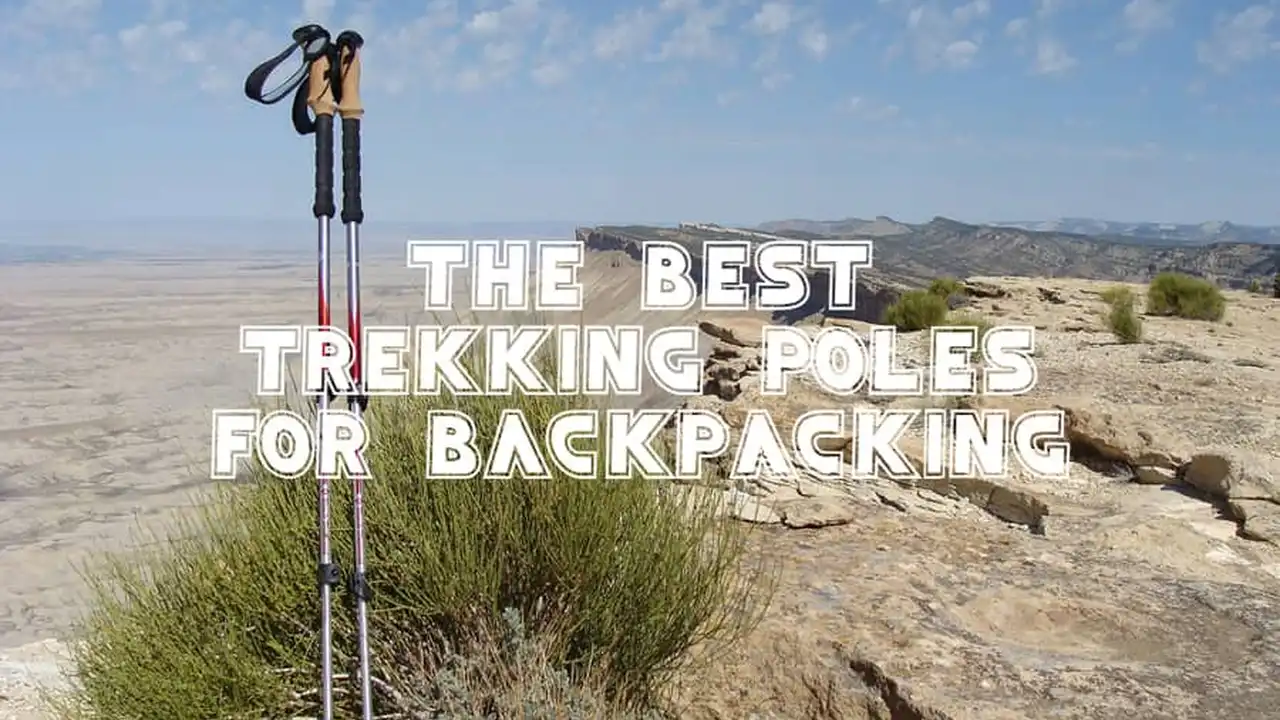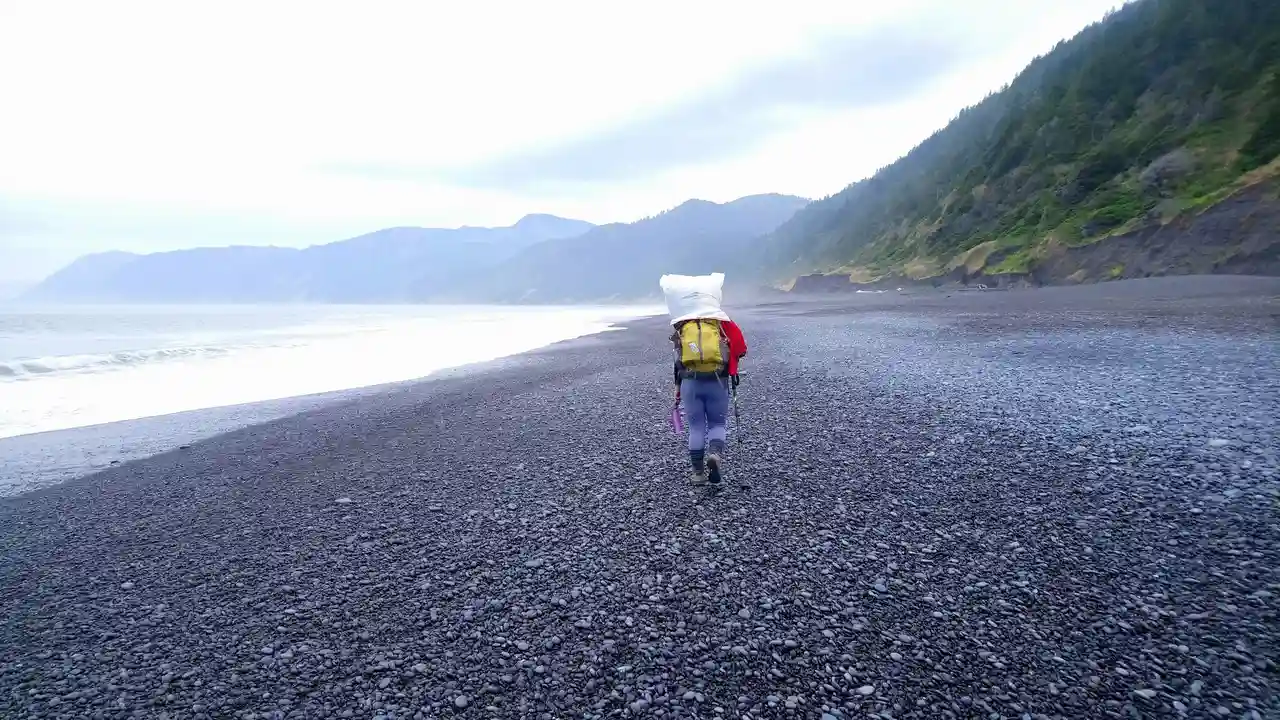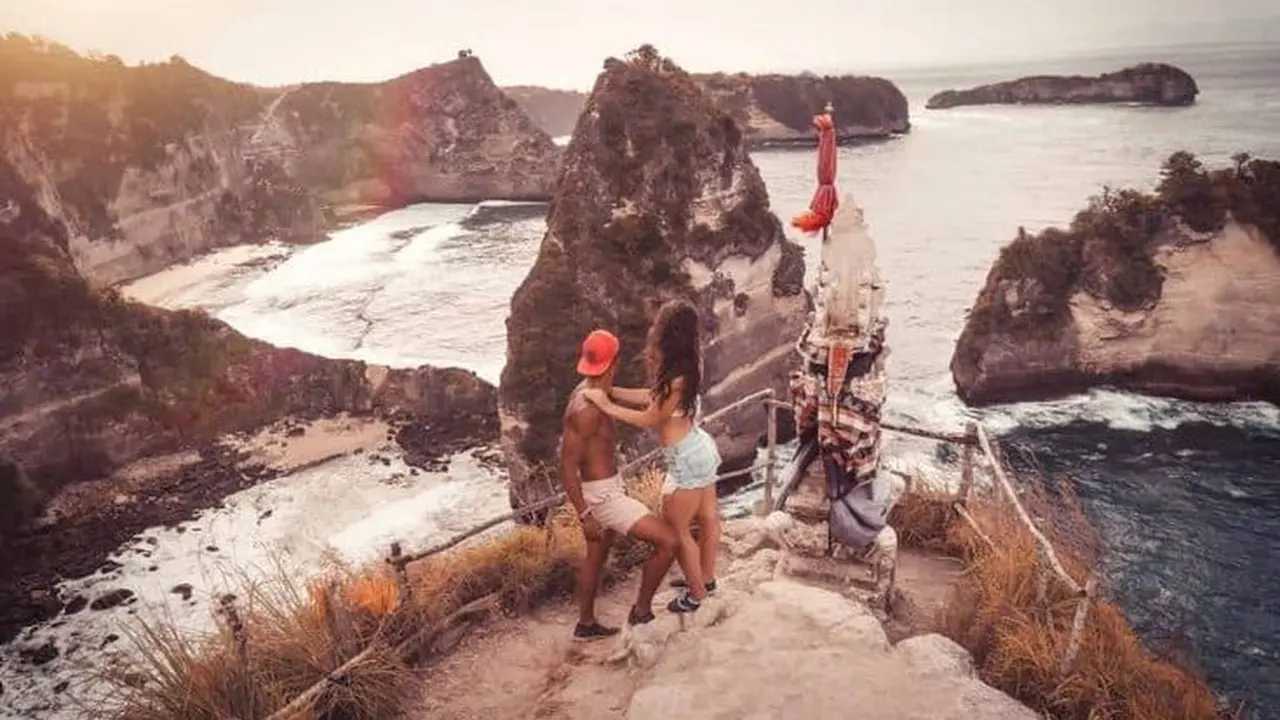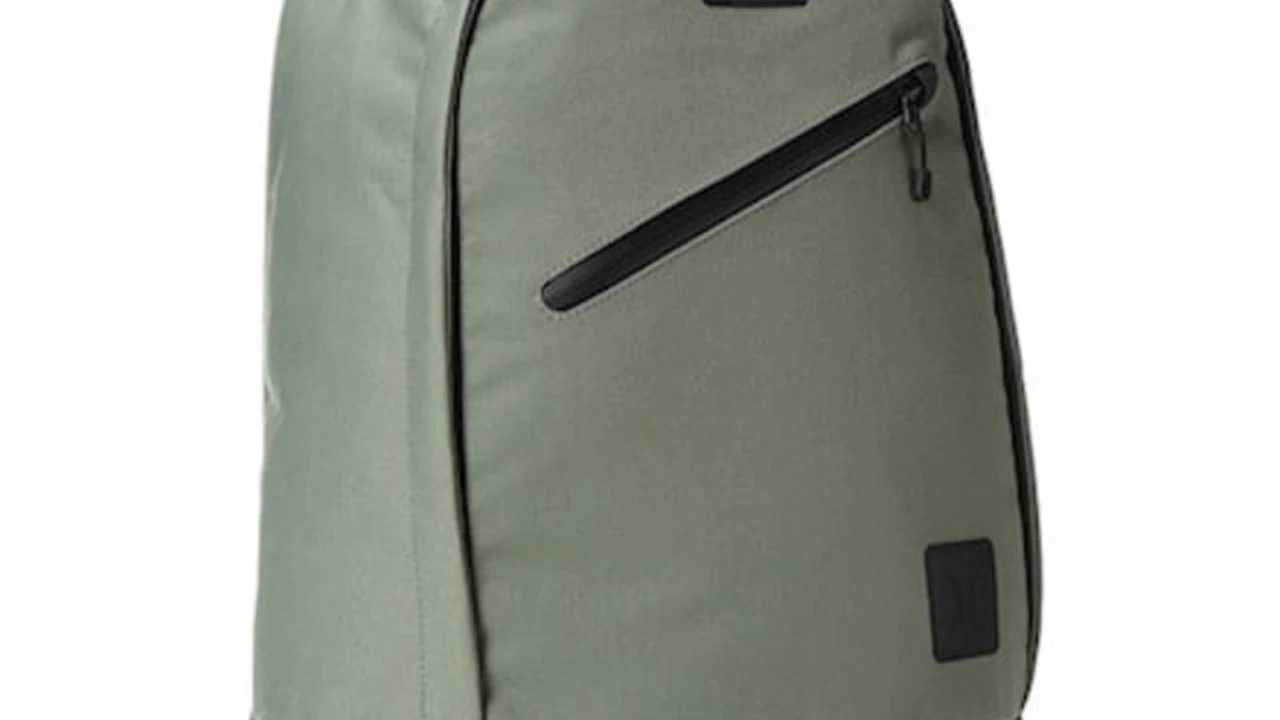Southeast Asia_ Cultural Etiquette Guide
Understand visa requirements for backpacking in Southeast Asia. Learn about visa types, application processes, and extension options. Ensure a smooth and hassle-free travel experience.
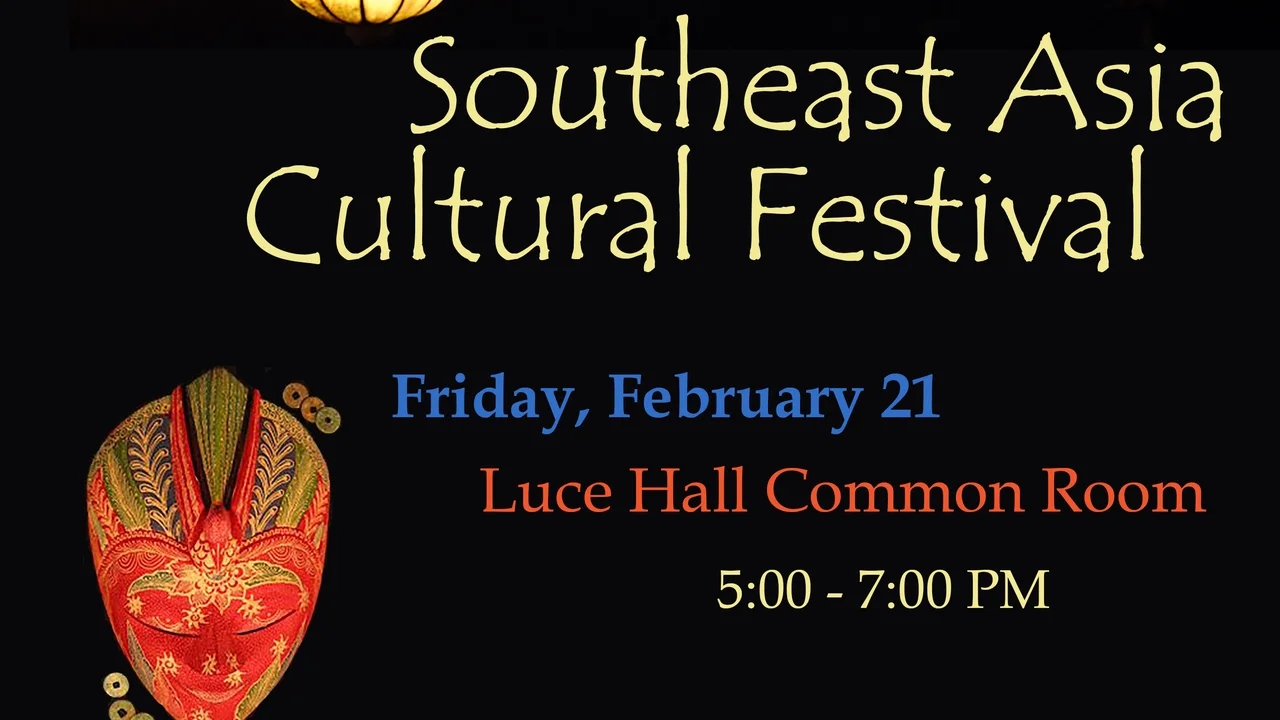
Understanding Southeast Asian Culture: Why It Matters for Backpackers
Hey there, fellow explorers! So, you're planning an epic backpacking trip through Southeast Asia? Awesome! But before you dive headfirst into the bustling markets and breathtaking temples, let's talk about something super important: cultural etiquette. Trust me, understanding and respecting local customs isn't just about being polite; it's about having a richer, more authentic, and ultimately more enjoyable travel experience. It’s also about not accidentally offending anyone – which, let’s be honest, nobody wants to do!
Southeast Asia Cultural Sensitivity: First Impressions Matter
First impressions are huge in Southeast Asia. A smile and a little effort to learn a few basic phrases in the local language (even just \"hello\" and \"thank you\") can go a long way. Seriously, locals really appreciate the effort. It shows you're not just another tourist passing through, but someone who genuinely cares about their culture.
Dress Codes Southeast Asia: What to Wear (and What Not To)
Okay, let's talk clothes. Southeast Asia is generally hot and humid, but that doesn't mean you can rock up to a temple in your bikini. When visiting religious sites like temples or pagodas, it's essential to dress modestly. That means covering your shoulders and knees. Lightweight, breathable fabrics are your best friend. Think loose pants, long skirts, and t-shirts. You can usually rent a sarong or shawl at the entrance of many temples if you're caught unprepared, but it's always better to be prepared.
Temple Etiquette Southeast Asia: Respecting Sacred Spaces
Speaking of temples, there are a few key things to keep in mind. Always remove your shoes before entering a temple or any religious building. Avoid pointing your feet at Buddha images or monks – the feet are considered the lowest part of the body and pointing them is seen as disrespectful. Don't touch monks, especially women. And definitely don't climb on statues or pose for silly photos. Just be respectful and observe what others are doing. Silence is golden in these places.
Southeast Asia Public Behavior: Avoiding Offense
Public displays of affection (PDA) are generally frowned upon in many parts of Southeast Asia. Save the heavy petting for your hotel room. Also, avoid raising your voice or losing your temper in public. Maintaining a calm and respectful demeanor is highly valued. Oh, and never touch someone's head without permission. The head is considered the most sacred part of the body.
Dining Etiquette Southeast Asia: Food and Customs
Food is a huge part of Southeast Asian culture, so let's talk about dining etiquette. In some countries, like Thailand, it's considered polite to use a spoon to eat rice and a fork to push the food onto the spoon. Chopsticks are common in Vietnam and other countries. Always wait for the host to start eating before you do. And don't stick your chopsticks upright in your rice bowl – it resembles a funeral offering and is considered bad luck.
Gift Giving Southeast Asia: Presenting with Respect
If you're invited to someone's home or want to give a gift, there are a few things to keep in mind. Wrap the gift in brightly colored paper (avoiding black or white, which are associated with mourning). Present the gift with both hands to show respect. And don't be surprised if the recipient initially refuses the gift – it's considered polite to decline a gift a few times before accepting it.
Bargaining Etiquette Southeast Asia: Haggling Respectfully
Bargaining is common in markets and shops throughout Southeast Asia, but it's important to do it respectfully. Start with a reasonable offer (usually around half the asking price) and be prepared to negotiate. Avoid being aggressive or getting angry. Remember, a few dollars might not mean much to you, but it can make a big difference to the vendor. A smile and a friendly attitude can go a long way in getting a good deal.
Southeast Asia Tipping Culture: When and How Much
Tipping is not as common in Southeast Asia as it is in Western countries, but it's becoming more prevalent, especially in tourist areas. It's customary to tip for good service in restaurants, spas, and for tour guides. A small tip (around 10%) is usually appreciated. For taxi drivers, rounding up the fare is a nice gesture. Always tip in local currency.
Specific Cultural Nuances: Country-Specific Guidelines
Okay, here's where things get a little more specific. Southeast Asia is a diverse region, and each country has its own unique customs and traditions. Here are a few examples:
Thailand: Wai and Royal Respect
The \"wai\" (a slight bow with the palms pressed together) is a common greeting in Thailand. Return the wai if someone offers it to you. Showing respect for the Thai royal family is also extremely important. Avoid making any negative comments about the king or queen.
Vietnam: Family and Age
Family is highly valued in Vietnamese culture. Show respect for elders and always address people by their titles (e.g., \"Mr.,\" \"Mrs.,\" \"Aunt,\" \"Uncle\"). When visiting someone's home, it's customary to bring a small gift, such as fruit or flowers.
Indonesia: Right Hand Rule
In Indonesia, it's considered impolite to use your left hand for giving or receiving things, eating, or pointing. The left hand is traditionally used for personal hygiene. Always use your right hand or both hands to show respect.
Malaysia: Pointing and Public Affection
Avoid pointing with your index finger in Malaysia. Use your thumb instead, or gesture with your whole hand. Public displays of affection are generally frowned upon, especially in more conservative areas.
Singapore: Cleanliness and Chewing Gum
Singapore is known for its cleanliness, and there are strict laws against littering and chewing gum. Be mindful of your surroundings and dispose of your trash properly. Chewing gum is actually banned in Singapore (except for medical purposes).
Tools and Resources: Staying Informed on Cultural Norms
Alright, knowing all this information can be overwhelming! Here are some resources to help you prepare:
* **Lonely Planet or Rough Guides:** These travel guides often have sections dedicated to cultural etiquette.
* **Culture Crossing:** A website with in-depth information on cultural norms around the world.
* **Local Blogs and Forums:** Search for blogs and forums written by locals for insider tips and advice.
* **Duolingo or Memrise:** Learning a few basic phrases in the local language can go a long way.
* **Google Translate:** A lifesaver for translating signs and communicating with locals.
Southeast Asia Travel: Specific Product Recommendations and Scenarios
Okay, so you're packing and want to be prepared. Here are a few product recommendations based on Southeast Asian cultural norms:
Columbia Silver Ridge Convertible Pants
Description: Lightweight, breathable pants that convert into shorts. Perfect for hot weather and easily adaptable for temple visits.
Use Case: Hiking during the day, quickly converts to pants for visiting temples or mosques.
Comparison: Cheaper than some dedicated travel pants, but not as durable as more expensive options like Arc'teryx.
Price: Around $60 USD.
Lightweight Sarong or Scarf
Description: Essential for covering shoulders and knees when visiting religious sites. Can also be used as a beach towel or blanket.
Use Case: Always carry one in your daypack for impromptu temple visits or as a light cover-up in air-conditioned buses.
Comparison: Can be purchased cheaply at local markets, but quality varies. Look for cotton or rayon blends.
Price: $5-15 USD depending on quality and location.
Pacsafe Travelsafe X15 Anti-Theft Portable Safe
Description: A portable safe to protect your valuables in hostels or on overnight buses.
Use Case: Securing your passport, phone, and wallet when you're sleeping in a dorm or on a long journey.
Comparison: More secure than a simple padlock, but heavier and more expensive.
Price: Around $100 USD.
Anker PowerCore 10000 Power Bank
Description: A compact and reliable power bank to keep your devices charged on the go.
Use Case: Essential for long bus rides, remote areas with limited electricity, and taking photos all day.
Comparison: Smaller and lighter than larger power banks, but may require multiple charges for longer trips.
Price: Around $30 USD.
LifeStraw Personal Water Filter
Description: A personal water filter to ensure you have access to clean drinking water.
Use Case: Useful in areas with questionable tap water or when hiking in remote areas.
Comparison: Lighter and cheaper than larger water filter systems, but only filters individual drinks.
Price: Around $20 USD.
Final Thoughts: Embrace the Culture!
Learning about and respecting local customs is an essential part of traveling in Southeast Asia. By being mindful of your behavior and showing respect for the local culture, you'll not only avoid causing offense but also have a much more rewarding and authentic travel experience. So, go out there, explore, and embrace the beauty and diversity of Southeast Asia!
:max_bytes(150000):strip_icc()/277019-baked-pork-chops-with-cream-of-mushroom-soup-DDMFS-beauty-4x3-BG-7505-5762b731cf30447d9cbbbbbf387beafa.jpg)



